This year marks the 100th anniversary of the formation of the National Park Service. To commemorate the centennial, the George Eastman Museum in Rochester, New York, will present an exhibition about our parkland and how we see these spaces through photography.
Jamie Allen, the exhibition curator, said that photography was coming into its own right around the Civil War in the 1860s, around the time of land exploration. “Because of that, photography was one of the main ways all those exploration and land survey projects were able to document all those areas,” she said. “With those documents, they started to send them back east, and people started to really look at these unique landscapes and value them for what they were as natural places.”
The exhibition includes more than 170 images, many of which are part of the museum’s permanent collection. Allen said she would have loved to have shown images from all 59 national parks, but she said she had to limit herself somehow. As a result, she said, the exhibition is about three ideas.
The first demonstrates the influence early photographers, including Carleton Watkins, had in creating an “established view” of the iconic lands. Allen pointed to El Capitan in Yosemite National Park as an example. Once Watkins and Eadweard Muybridge photographed the rock formation, “Every 19th century photographer who went to that site took the same picture, as did Ansel Adams; so it just perpetuates through time,” Allen said.
“They established the sites that we return to time and time again in photography and that we still go to today,” she said.
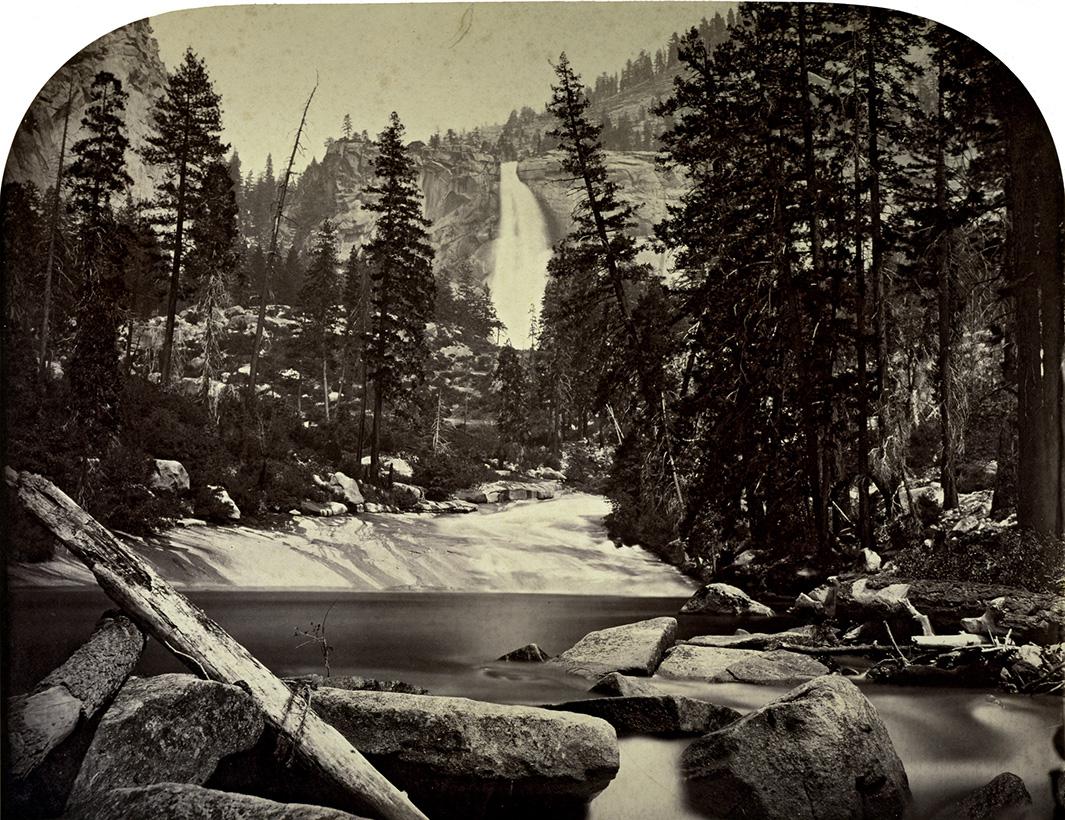
Carleton E. Watkins
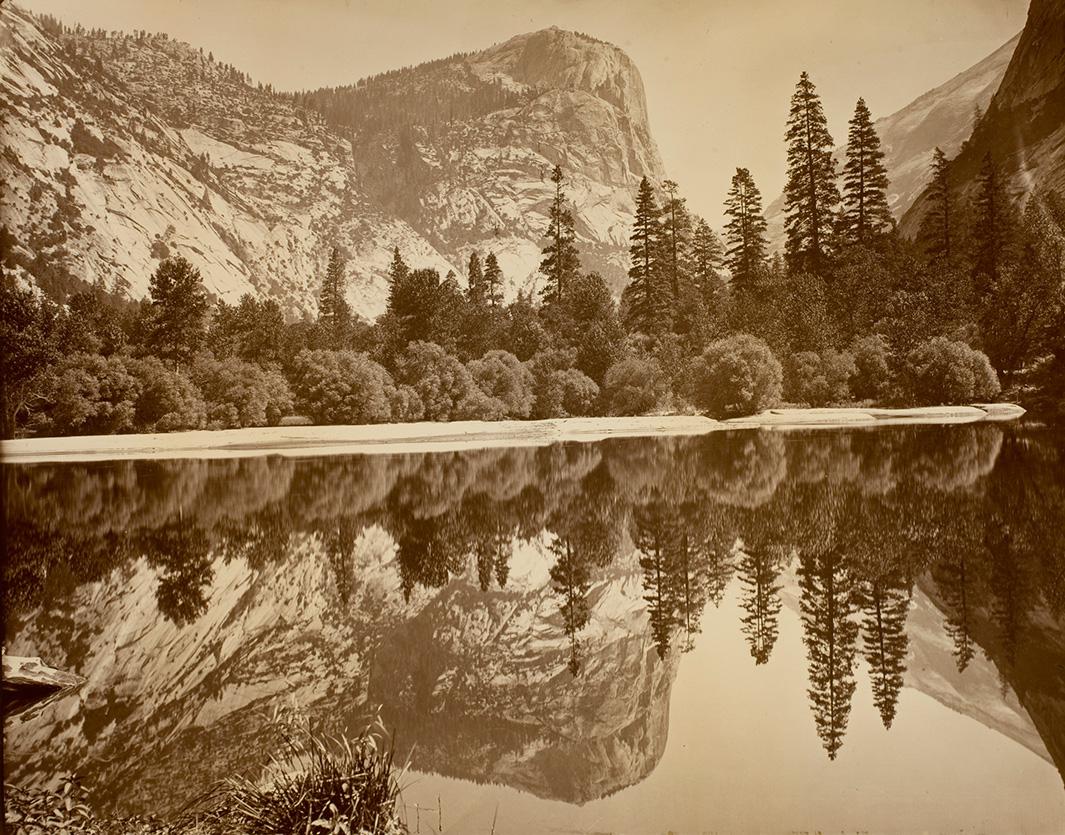
Eadweard J. Muybridge.

Alvin Langdon Coburn

Ansel Adams, copyright The Ansel Adams Publishing Rights Trust
Allen said that’s tied to the second idea, which covers the ways photography was used to “survey the land and understand what it looked like and what was unique about it.”
Third, Allen said, the exhibition highlights tourism, since photography draws visitors to the sites. “There are photographers who established themselves within the park and kind of perpetuate the same views the exploration teams had taken, but those [images] became popular things people buy,” she said. At first, those images were stereo cards that allowed viewers to get a three-dimensional look at the areas; later, postcards and snapshots became popular ways to document their trips into the parks.
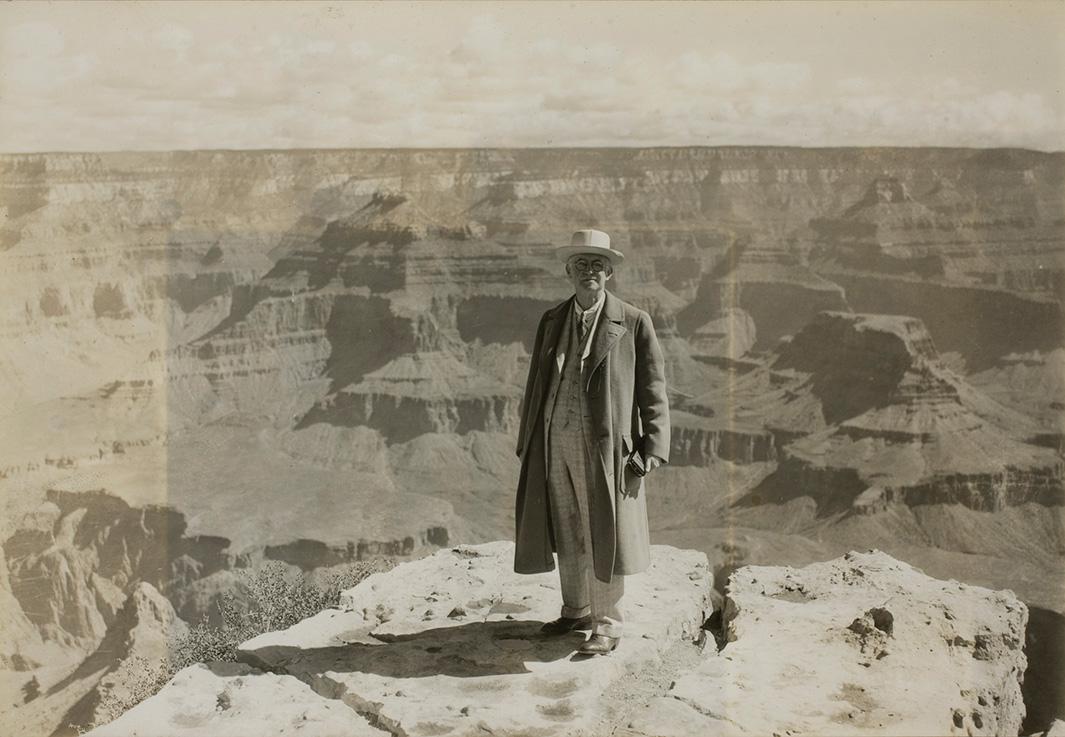
Audley D. Stewart

Western Publishing & Novelty Company
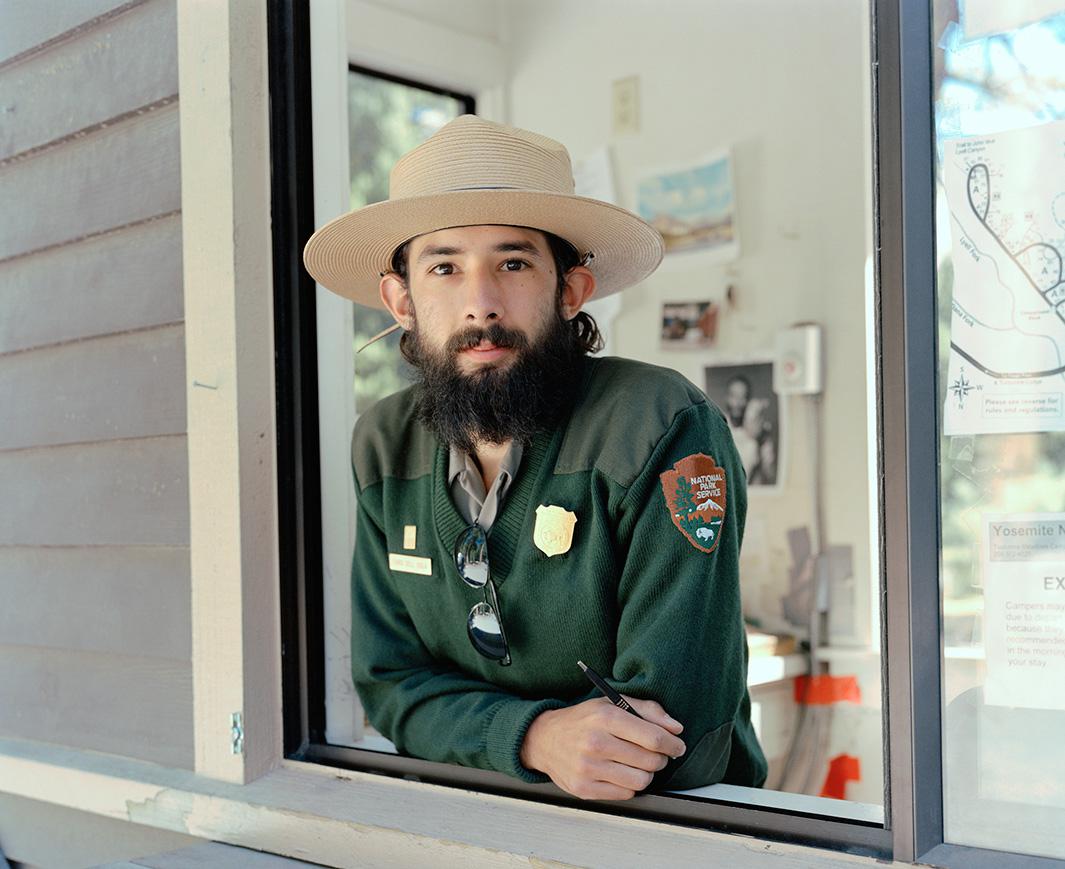
Michael Matthew Woodlee
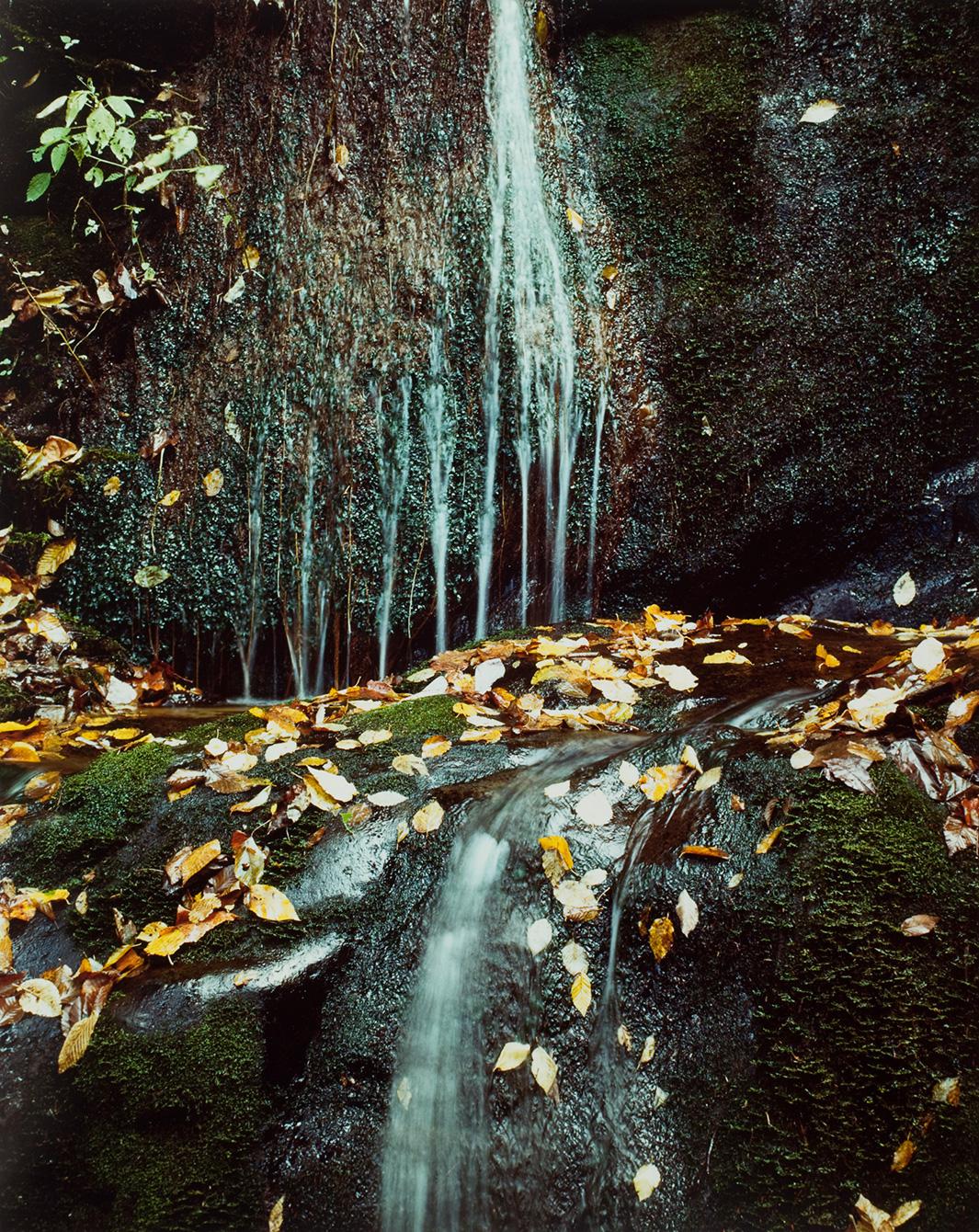
Eliot Porter, copyright 1990 Amon Carter Museum of American Art, Fort Worth, Texas
Allen said she enjoyed “digging through the boxes and drawers of these fantastic prints” in the Eastman collection and took on loan mostly contemporary images that the museum didn’t have in its collection to round out the exhibition. Including newer works was significant because of the trajectory of photography’s history and its relation to the landscape.
“The story of photography is a medium that is continuously morphing but always morphing with the understanding about what has come before,” she said. “Contemporary photographers—they are returning the gaze not necessary to the landscape but to photography itself, and what’s unique about the photographic medium that can tell us about ourselves and the landscape we occupy.”
“Photography and America’s National Parks” will be on view from June 4 though Oct. 2.

Mark C. Klett
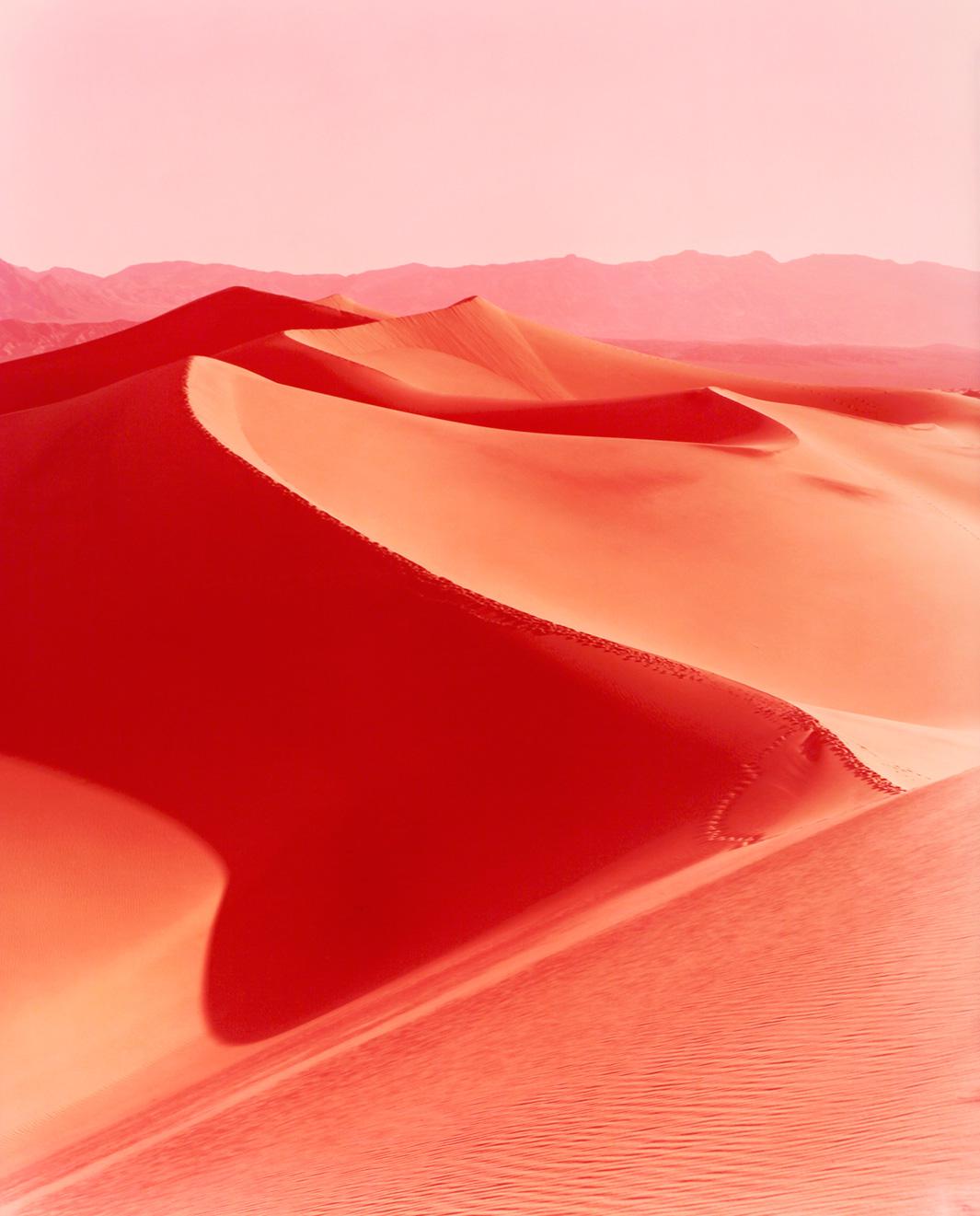
David Benjamin Sherry
